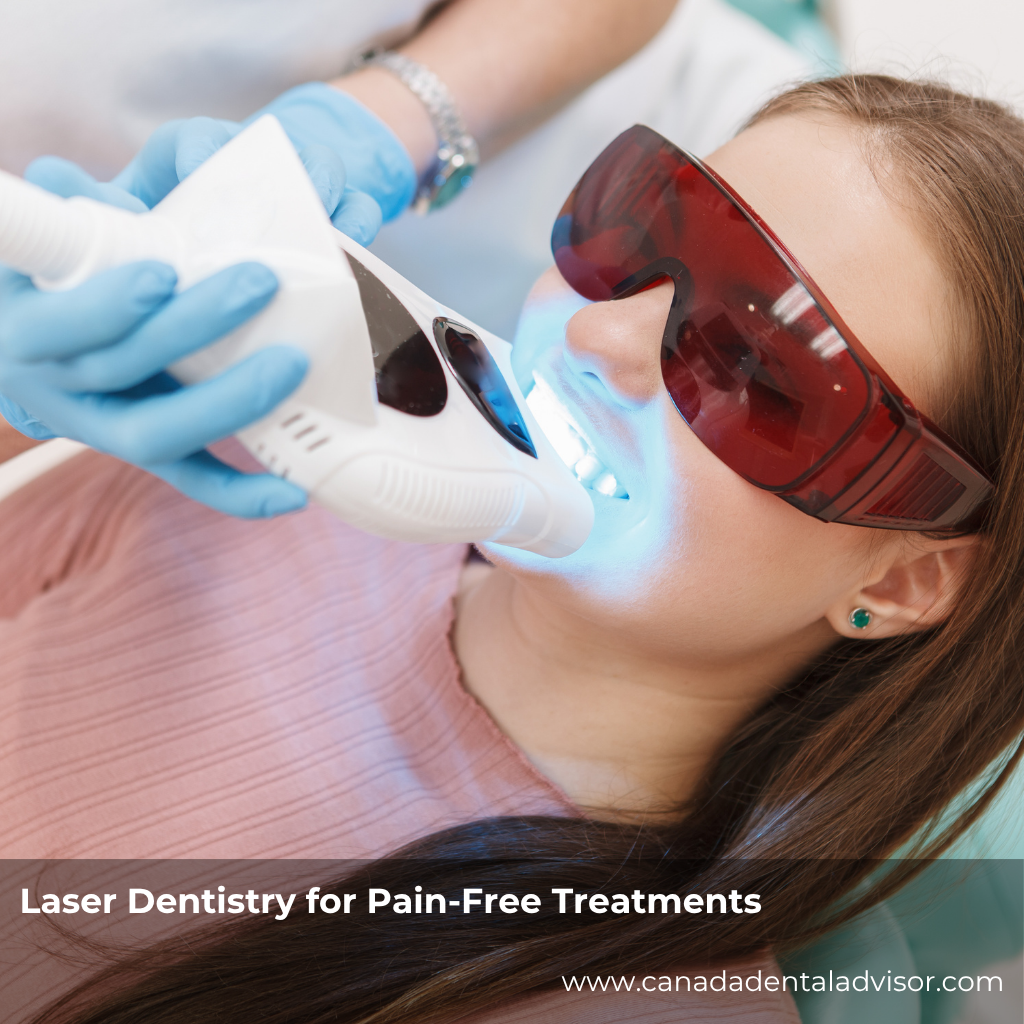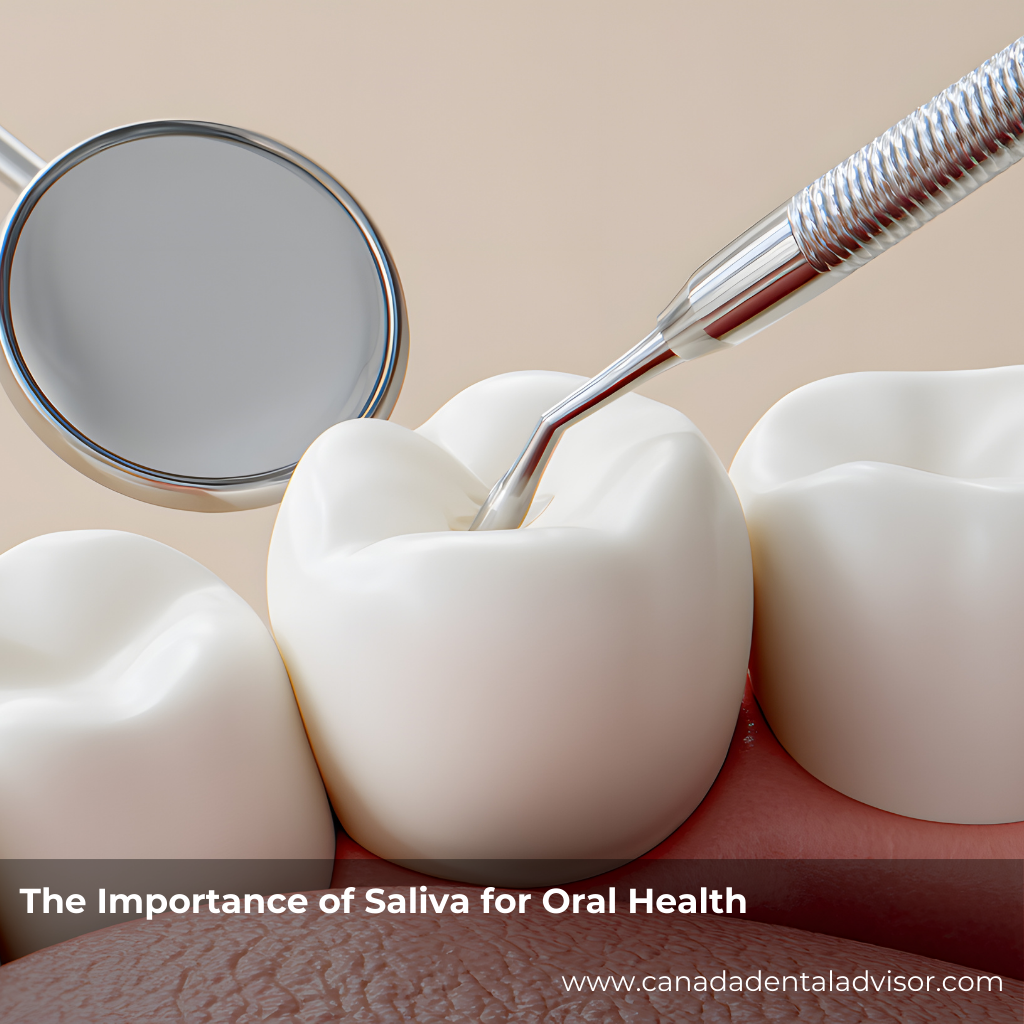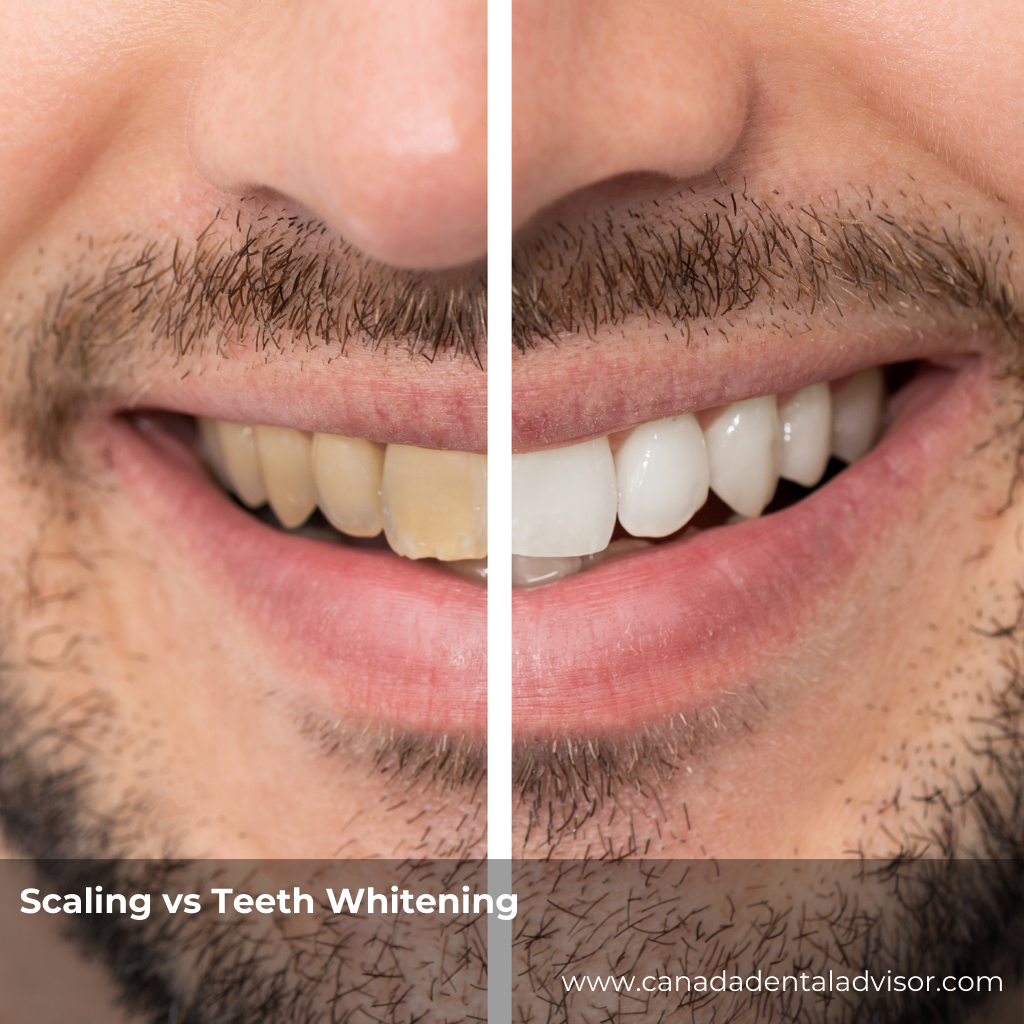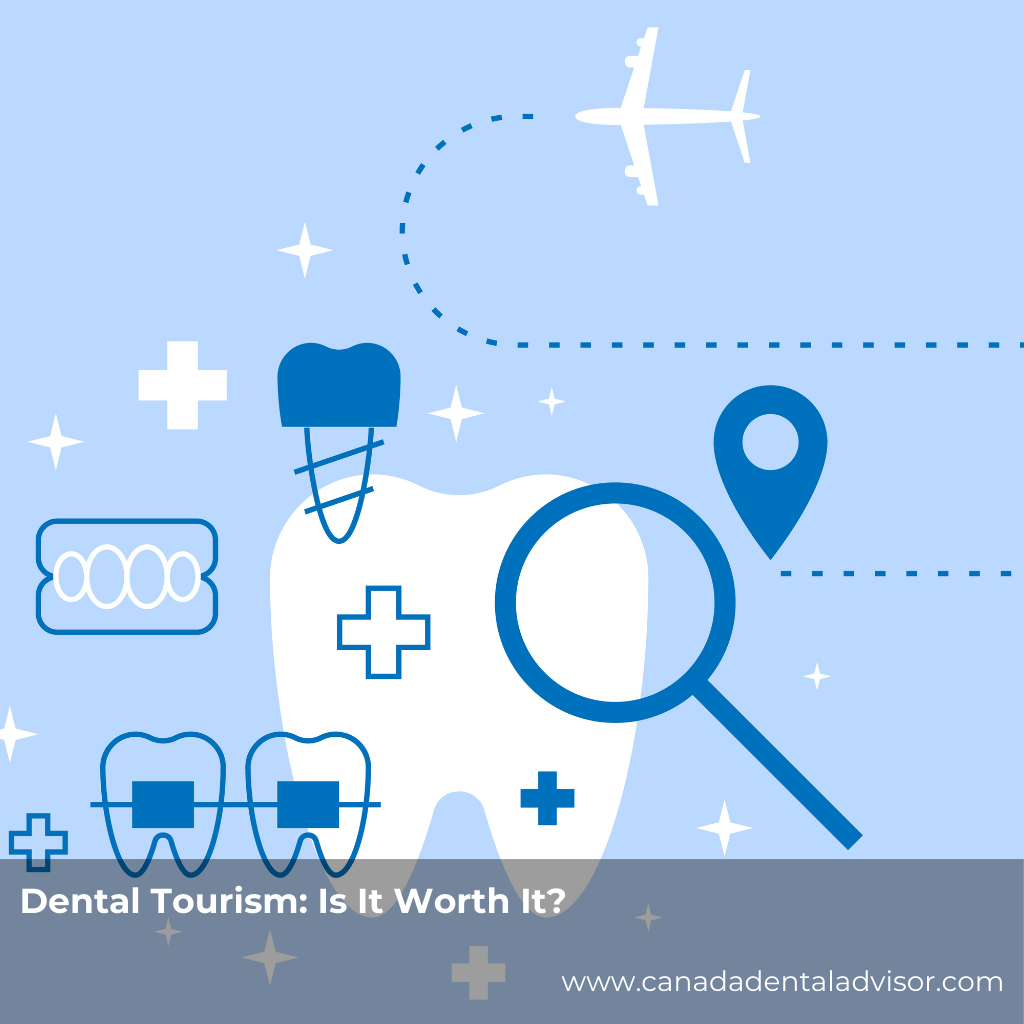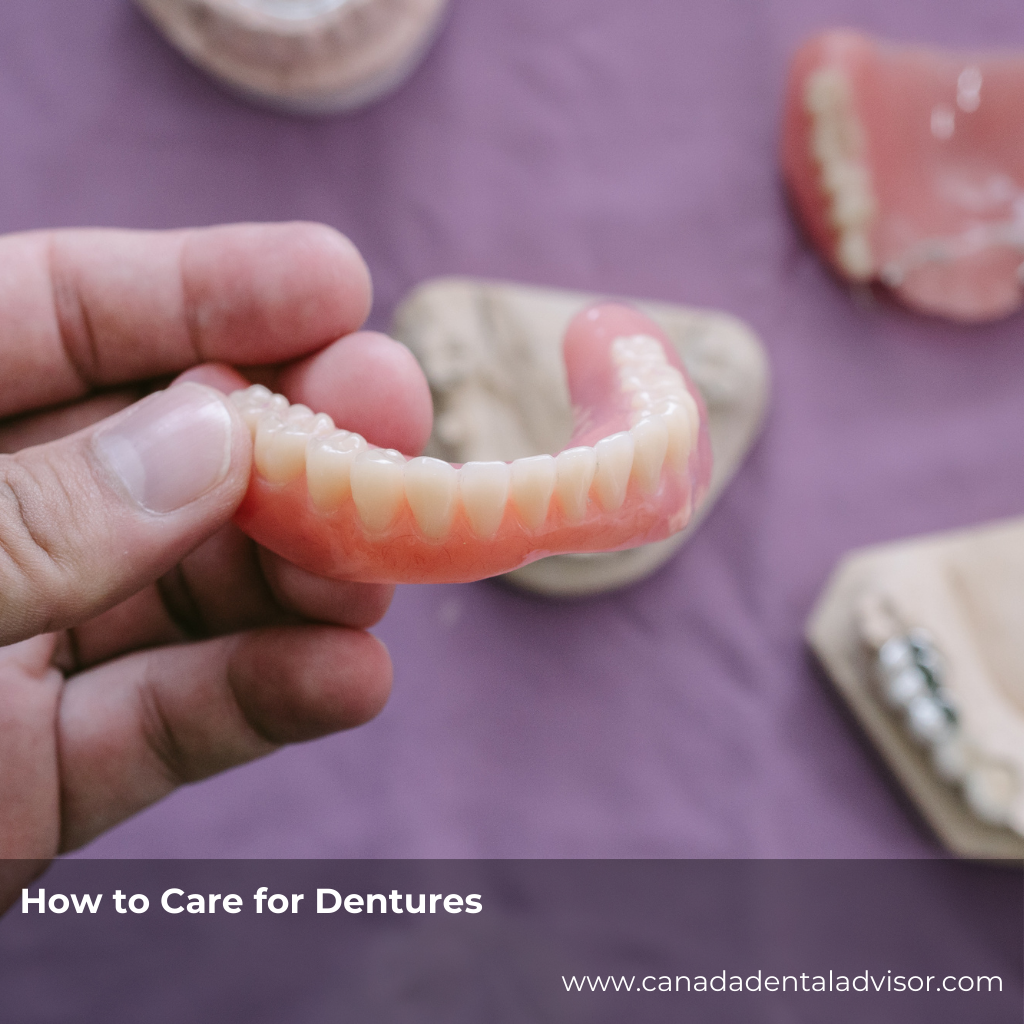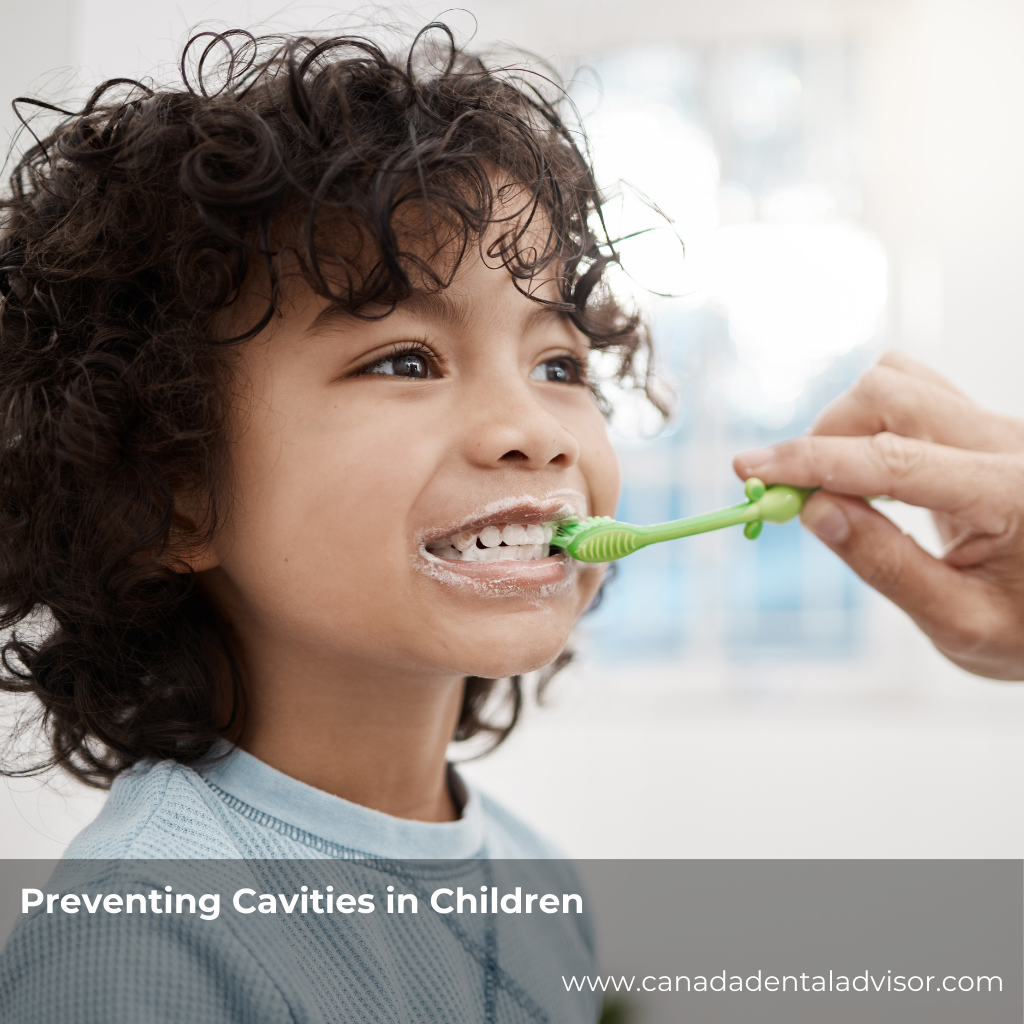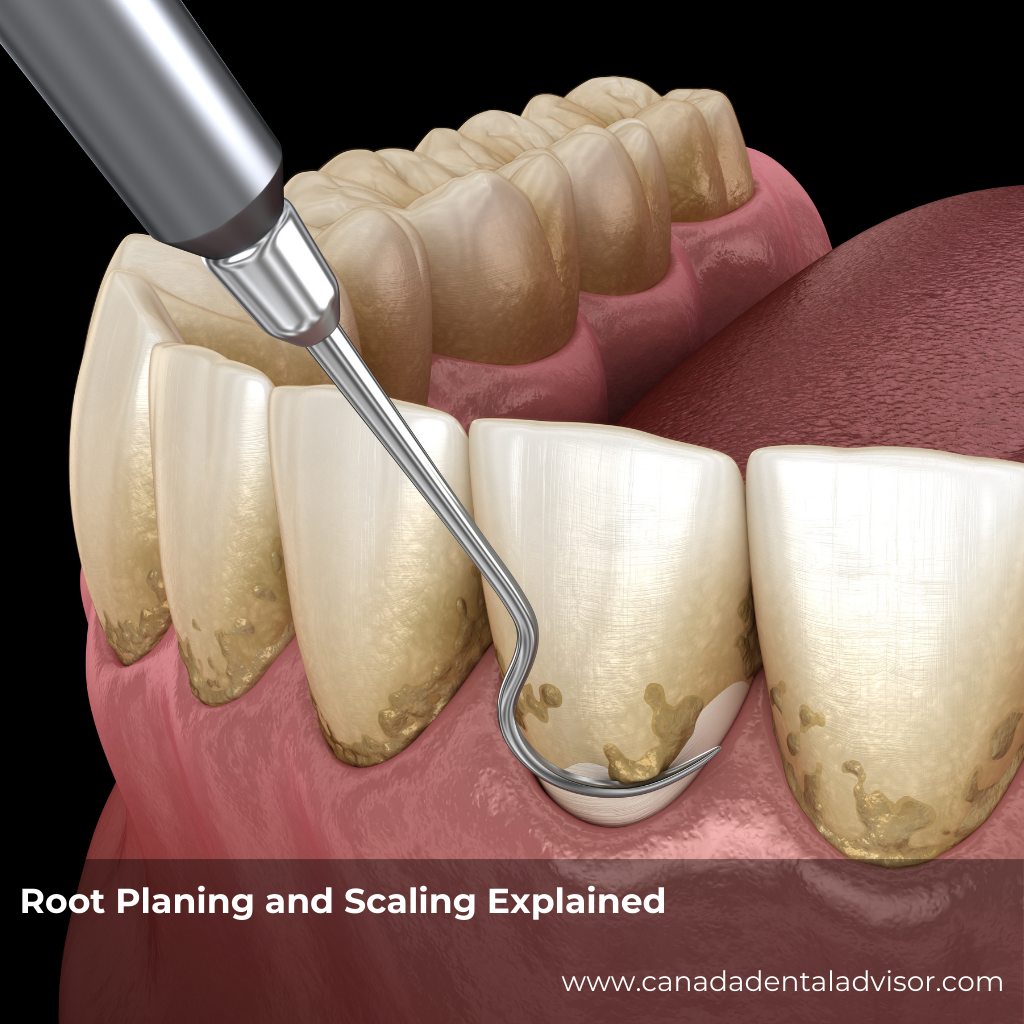A Gentle Revolution: What Is Laser Dentistry?
Laser dentistry uses focused light beams to perform a variety of dental procedures without the need for traditional drills or scalpels. These medical-grade lasers can remove decay, reshape gums, or even whiten teeth with minimal discomfort. The result is a more comfortable, less invasive experience.
Common applications include:
Treating cavities and gum disease
Performing biopsies or lesion removal
Tooth whitening
Minimally invasive surgical procedures
The key benefit? Pain-free precision. Lasers minimize bleeding, reduce swelling, and often eliminate the need for anesthesia, allowing patients to recover faster.
Why Individualized Care Plans Matter
Every patient’s mouth tells a different story. From lifestyle habits to genetic factors, no two smiles are the same. That’s why individualized care plans are essential in laser dentistry. Instead of taking a one-size-fits-all approach, dentists use diagnostic data, patient preferences, and technology to design treatments tailored to each individual’s needs.
1. Personalized Diagnosis and Treatment Mapping
Using 3D imaging and digital scanning, dentists can create a comprehensive view of the patient’s oral health. This data helps determine:
The ideal laser wavelength and intensity
Specific areas that need treatment
Potential sensitivities or underlying conditions
This detailed insight allows dentists to use laser technology more effectively—targeting only the affected tissue while preserving healthy areas.
2. Enhancing Patient Comfort and Trust
Patients who feel understood and cared for are more likely to follow through with their treatment plans. When dentists take time to explain how lasers minimize discomfort and speed recovery, it builds trust and eases anxiety.
A personalized approach might include:
Pre-treatment consultations to discuss fears or past experiences
Adjusted laser settings for sensitive patients
Tailored post-care instructions for faster healing
3. Encouraging Compliance and Long-Term Oral Health
An individualized plan doesn’t end after one appointment. Dentists who track healing progress, offer follow-up visits, and customize at-home care routines see higher levels of patient compliance. When treatments are comfortable and results are visible, patients are motivated to maintain their oral health.
Storytime: Emily’s Pain-Free Experience
Emily, a 38-year-old teacher, had always postponed dental visits because of her fear of drills. When her dentist suggested laser dentistry, she hesitated. But after a thorough consultation where her dentist explained the personalized plan and laser process, she agreed to try.
During the procedure, Emily felt only a gentle warmth—no vibration, no loud noises, no pain. The laser precisely removed decay without touching surrounding tissues. She was amazed to learn that she didn’t even need anesthesia. A few hours later, she returned to teaching, smiling brighter than before.
This simple shift from fear to comfort showcases how personalized laser dentistry can change not only smiles but also lives.
The Science Behind the Smile
Laser dentistry isn’t just about comfort; it’s about outcomes. Studies have shown that individualized care plans improve healing times, reduce infection risks, and enhance the success of restorative and cosmetic treatments.
Benefits include:
Reduced bacterial contamination: Lasers sterilize as they cut, minimizing infection.
Precision targeting: Healthy tissue remains untouched, promoting faster healing.
Less post-operative discomfort: Patients often need little to no pain medication.
Better long-term results: Customized settings and ongoing monitoring lead to durable restorations and healthier gums.
The Role of Technology and Communication
Technology enhances the science; communication builds the relationship. Dentists who take time to explain laser procedures and involve patients in the decision-making process create a partnership in care.
Key elements of successful individualized care include:
Digital diagnostics: High-resolution imaging for accurate planning.
Laser customization: Adjustable wavelength, pulse duration, and intensity.
Patient education: Helping patients understand the process reduces anxiety.
Continuous feedback: Monitoring healing and adjusting treatment as needed.
When patients feel heard and informed, they become active participants in their oral health journey.
Conclusion: A Brighter, More Comfortable Future
Laser dentistry for pain-free treatments represents more than just advanced technology—it’s a commitment to personalized, compassionate care. By combining individualized treatment plans with precision laser tools, dentists can create smoother experiences, better outcomes, and happier patients.
If you’ve been avoiding the dentist because of fear or discomfort, it might be time to explore this modern approach. Your smile deserves care that’s as unique as you are—gentle, customized, and pain-free.
FAQs About Laser Dentistry for Pain-Free Treatments
1. Is laser dentistry completely pain-free?
Most patients report little to no discomfort during laser treatments. While sensitivity can vary, lasers typically eliminate the need for anesthesia.
2. Are laser dental treatments safe?
Yes. Dental lasers are approved by regulatory bodies and have been used safely for decades when performed by trained professionals.
3. How long does a laser dental procedure take?
Treatment times are often shorter than traditional methods, as lasers seal tissue and reduce the need for sutures or multiple visits.
4. Can laser dentistry help with gum disease?
Absolutely. Lasers can remove infected tissue and bacteria with precision, promoting faster healing and healthier gums.
5. Is laser dentistry suitable for children?
Yes. Many pediatric dentists use lasers for gentle cavity treatment and soft tissue procedures, minimizing fear and discomfort.
6. Does laser dentistry cost more than traditional treatments?
Costs can vary, but many patients find the comfort, reduced healing time, and improved results well worth it.
7. Will insurance cover laser dentistry?
Some insurance plans do cover laser procedures, especially when used for medically necessary treatments. It’s best to check with your provider.
8. What can I expect after a laser dental procedure?
Patients usually experience minimal swelling or bleeding and can resume normal activities immediately.
9. How can I find a dentist who offers laser treatments?
Look for dental clinics that advertise laser dentistry or ask your current dentist about their available technologies.
10. Are results from laser treatments long-lasting?
Yes. With proper oral hygiene and regular dental visits, the benefits of laser procedures can last for years.

